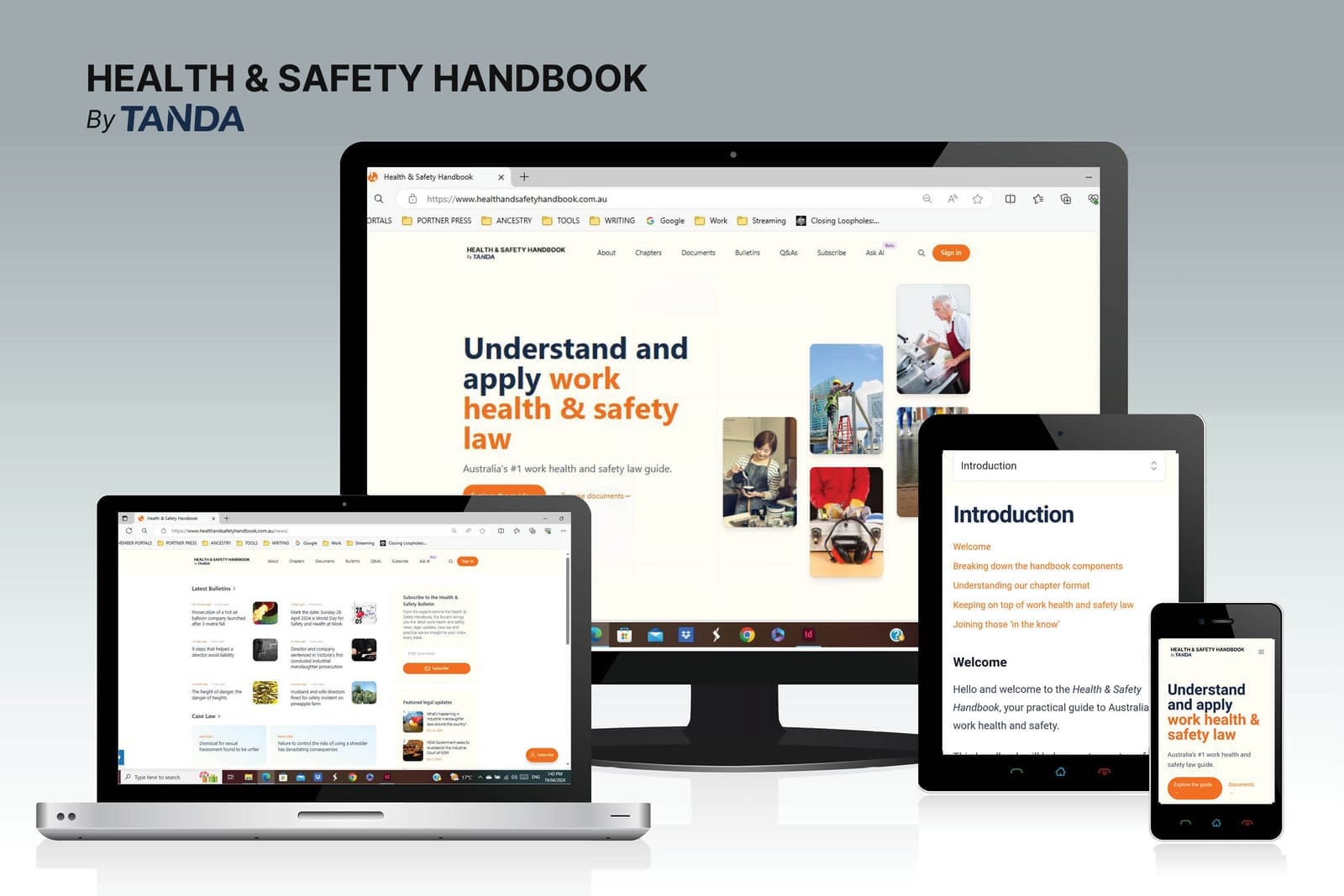The FWO seeks to fill the shoes of the ABCC
In 2022–2023, the Federal Government folded the Australian Building & Construction Commission (ABCC) into the Fair Work Ombudsman (FWO), and gave the FWO $69.9 million over 4 years to ensure compliance with workplace laws in the commercial building and construction industry.
At the same time, it repealed the Code for the Tendering and Performance of Building Work 2016, and removed provisions providing higher penalties for building industry participants and the broader circumstances under which penalties may apply.
The FWO claims it has since secured total penalties of $3.6 million against building unions and its officials. Some of these results concern cases initiated by the ABCC.
Proceedings against the Construction, Forestry and Maritime Employees Union (CFMEU)
In early 2025, the FWO issued proceedings against former Victorian Secretary of the CFMEU, John Setka, as well as against the CFMEU. The case concerned Mr Setka’s alleged threats in mid-2024 to disrupt the development of the Thebarton Oval in Adelaide (the new HQ for the AFL’s Crows), the construction of the new stadium in Hobart (the new home ground for the new AFL Tasmanian Devils team) and the planned development of Punt Road Oval in Melbourne (home ground for the AFL’s Richmond Tigers).
Mr Setka’s alleged target was the head of umpires for the AFL, Stephen McBurney, a former ABCC Commissioner for 5 years.
The FWO action is based on an alleged contravention of provisions of the Fair Work Act 2009 (Cth) (FW Act) that prohibit taking adverse action against someone because they are exercising a workplace right.
As an ABCC inspector, Mr McBurney had a workplace right to initiate legal proceedings against building industry participants, which he did on 52 occasions.
On 12 June 2024, Mr Setka was asked on 3AW about Mr McBurney, “You want him sacked from the AFL, why is that?” Mr Setka replied, “Well McBurney’s track record is one of the main reasons – his job was to sort of come after us and come after our members, and cost us millions of dollars and it was just an ideological attack dog.”
The allegation is that by this and many other similar statements Mr Setka was advising, encouraging and/or inciting the AFL to contravene the FW Act, that is, to dismiss McBurney because he had exercised workplace rights in his past role as an ABCC Commissioner and inspector.
The FWO also alleges Mr Setka had intent to coerce the AFL to not employ McBurney in the position as Head of Umpiring, which is a separate breach of the FW Act.
The case continues before the Court.
Construction employer faces court over interaction with union
Construction employers can also be liable for FW Act breaches in their interaction with unions. In March 2025, the Federal Court found a construction contractor had breached the FW Act by refusing union representatives from entering any of its premises at any time for the purpose of holding discussions with workers (Communications, Electrical, Electronic, Energy, Information, Postal, Plumbing and Allied Services Union of Australia v Elecnor Australia Pty Ltd [2025]).
The union officials sought to enter the premises to hold discussions with workers whose industrial interests the union was entitled to represent. The company refused them entry to the worksite, arguing that the union was not entitled to represent the industrial interests of the relevant workers.
The Court highlighted that, before entering a premises, a union permit-holder must establish that the employees they seek to hold discussions with, meet the FW Act criteria.
However, the Court clarified that a permit-holder may enter a premises if they seek to do so for the purpose of holding discussions with employees who satisfy these criteria. It is not necessary for the permit-holder to prove to the occupier of the premises, or to anyone else, before entry that there are, in fact, workers on-site who meet these characteristics.
The Court reasoned that it would be impracticable for a permit-holder to prove that workers on-site meet these criteria, as this could only reasonably be determined once the permit-holder is on the premises and invites employees to participate in discussions. The Court noted that it may be sufficient for a permit-holder to have a genuine belief that there might be workers on-site who meet the criteria before exercising the right of entry.
TIP: Get in-depth guidance in dealing with unions and right of entry in the Employment Law Handbook’s two recently updated chapters, Unions and Right of entry.

Get the latest employment law news, legal updates, case law and practical advice from our experts sent straight to your inbox every week.

